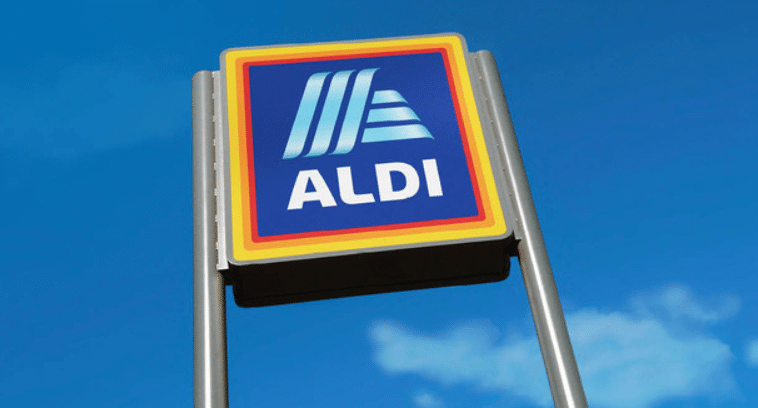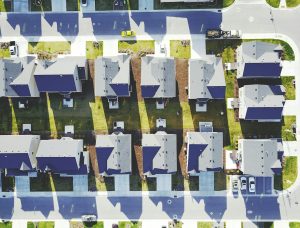ALDI Australia has put its foot in the door of the renewables electricity market with the announcement that all stores and warehouses will be powered by these cleaner sources of energy from 2021.
Since its launch here 19 years ago, the supermarket giant has been committed to shifting its reliance on fossil fuels towards greener, more eco-friendly solutions.

Now the 64th biggest consumer of electricity in Australia, the brand uses excess amounts of power to fuel its 555 stores and eight distribution centres nationally. To combat this, ALDI says it plans to reduce its impact on the environment even more than it has recently, as it solidifies its achievement of reducing carbon intensity by 40 per cent simply through the installation of LED lighting, natural refrigerants, energy-efficient chillers and a solar panel initiative.
Alongside that win, ALDI is now looking for its company-wide operation to be powered by 100 per cent renewables by the end of 2021.
The company says this is part of a larger global vision to set a “set a company-wide ‘Science-Based Target’ (SBT) for climate protection”, adding that these targets contribute to the goal of reducing global warming below the much-needed degrees Celsius benchmark.
How ALDI plans to achieve 100 per cent renewables
ALDI has its eyes set on reaching this goal by the end of 2021 using three specific approaches:
1. Onsite generation
All local operations will utilise renewable electricity generation and consumption. This includes solar power arrays already rolled out on six Distribution Centres and 175 stores. By the end of 2020, this figure will be 250 stores, which will see ALDI take out the title of having Australia’s largest commercial and industrial rollout.
By the end of 2020, ALDI also aims to have implemented enough solar panels to create 50,000MWh of power, which will offset more than 41,000 tonnes of CO2 annually.
“This is the equivalent of taking 11,700 cars off the road per year or generating enough electricity to power 7,000 average Australian homes,” the company said in its Good Energy: ALDI Australia’s Commitment to Renewables report.
2. Offsite generation
Offsite efforts will include two 10-year Power Purchase Agreements (PPAs), set to be powered by two wind farms. These sites will produce more than 180,000MWh of electricity and eliminate over 160,000 tonnes of carbon emissions annually.
Over in Victoria, ALDI’s renewable partner Tilt will deliver 6 per cent of all energy from the Dundonnell Wind Farm. Similar cases will occur in NSW, where wind energy will be garnered from the Collector Wind Farm through RATCH (19.4 per cent under the PPA).
3. Third-Party Support
Where both of the above approaches aren’t viable or won’t allow for enough coverage across ALDI’s electricity needs, the company says it will purchase additional renewable electricity from a supplier in the format of certificates.
“Our long-term goal is to reduce the number of certificates purchased and to continue to invest in renewable electricity generation,” the report noted.
“Growth of the renewable energy market will deliver a brighter future for Australia. Significant investment in renewable energy will see it become more accessible and more affordable for all Australians.”






































